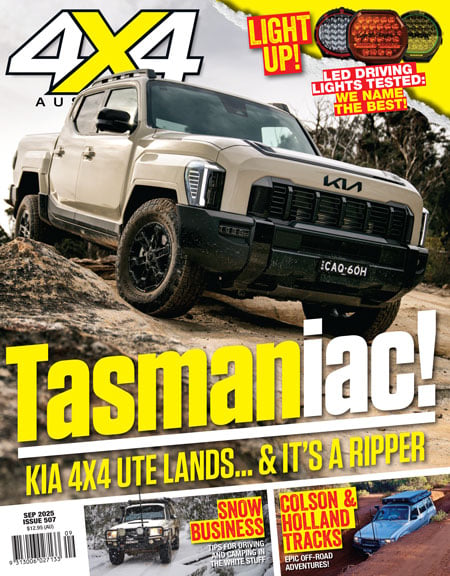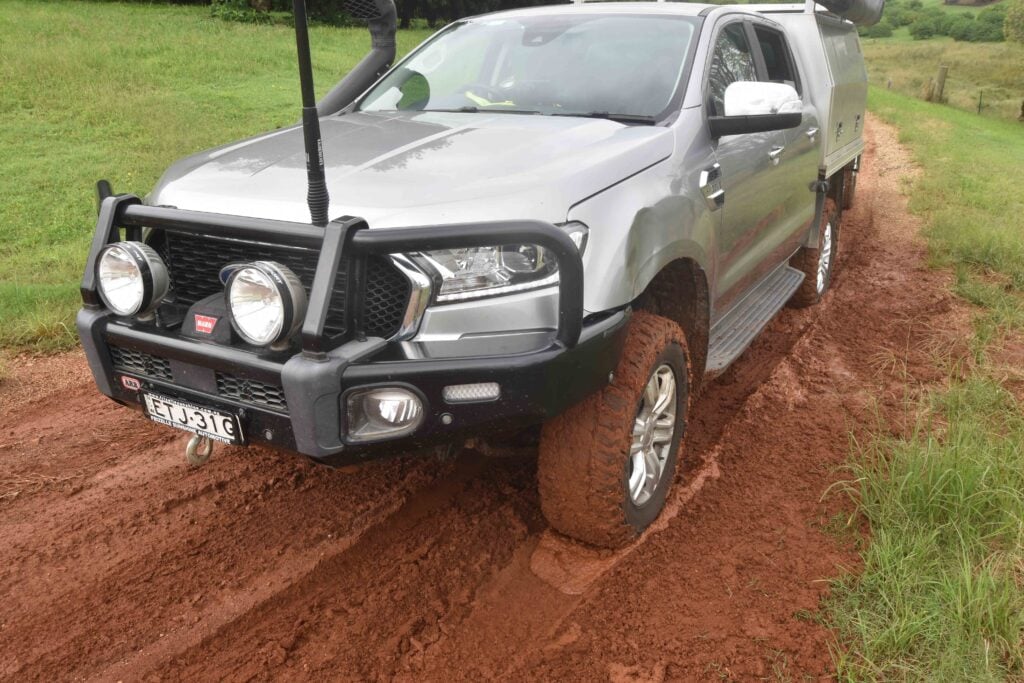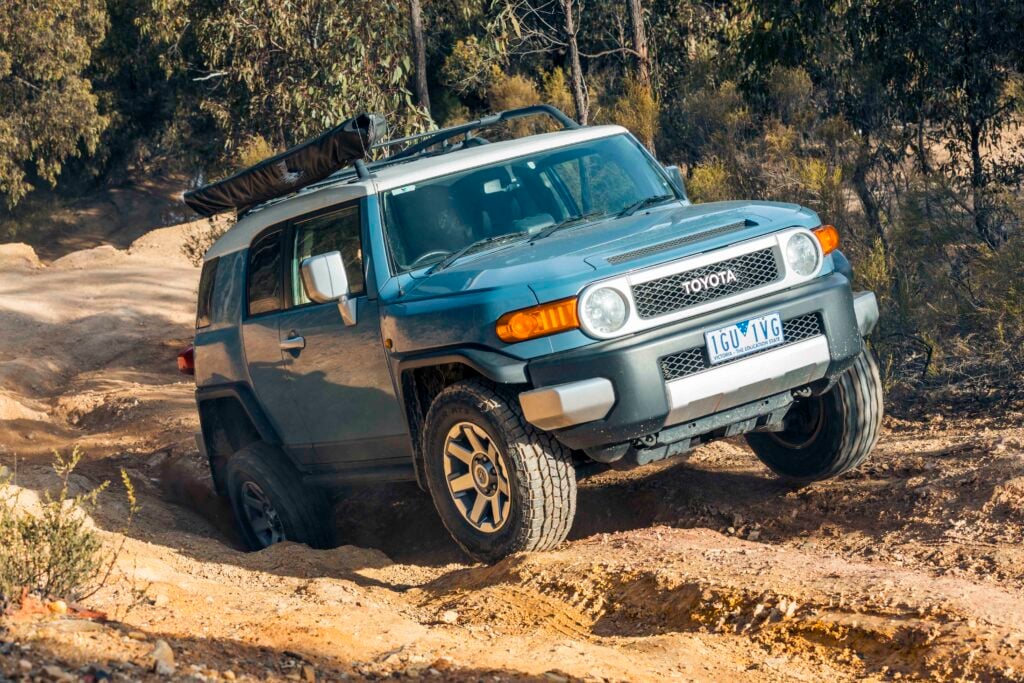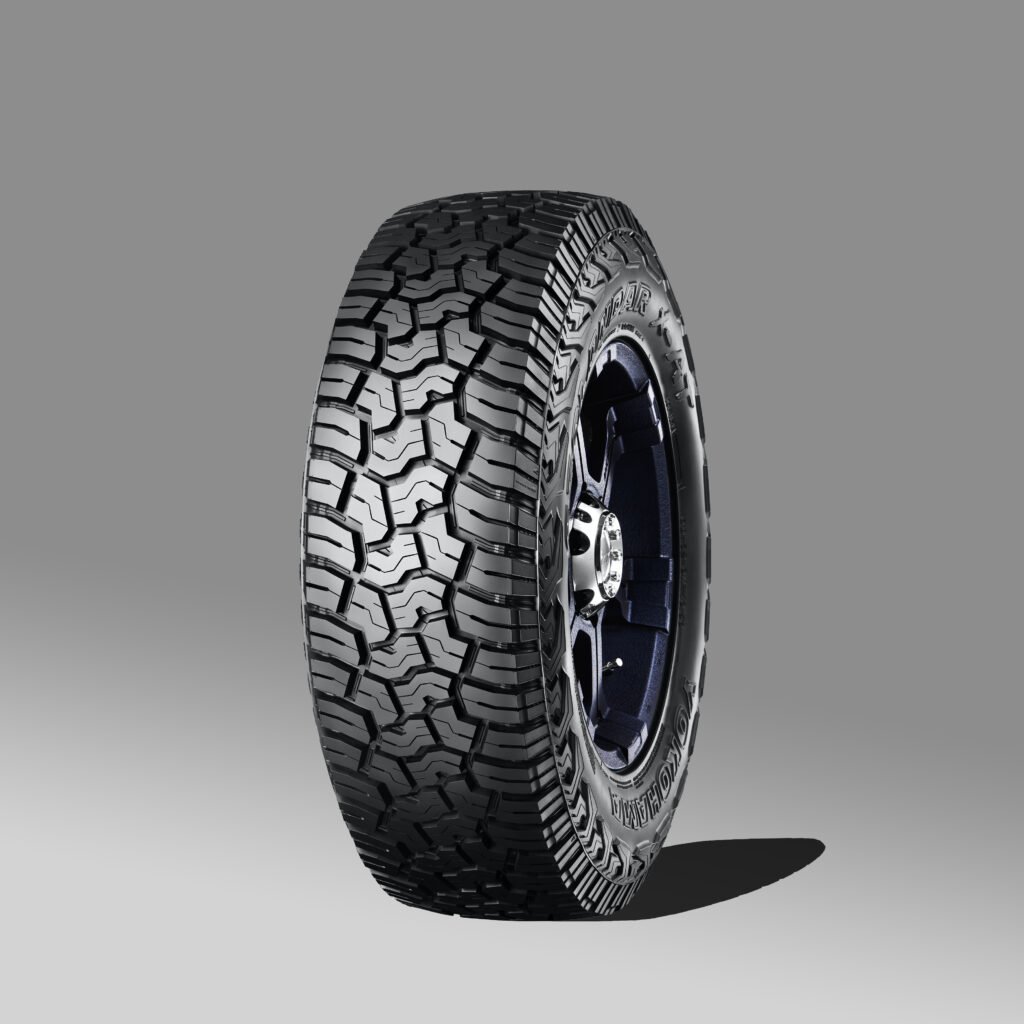A tyre-pressure monitoring system is one of the best accessories you can fit to your four-wheel drive. It could even be a life saver…
Many of you would remember the Ford Explorer and Firestone tyre debacle in the USA in the 1990s. Essentially, there were a number of Firestone tyre failures on Ford Explorers which lead to vehicle rollovers, some resulting in injury and even death.Ford blamed Firestone for the rollovers and Firestone blamed Ford and, in the wash-up, the 100-plus year relationship between the car manufacturer and the tyre manufacturer came to an abrupt and very public end. A number of lawsuits were filed against both companies, some successful, some not, and many settled out of court.As a result of the fiasco, the Clinton administration published the TREAD Act that mandated the use of a tyre pressure monitoring system (TPMS) to alert drivers of a severe under- inflation of their tyres. As such, all vehicles sold in the US after September 2007 must have been fitted with a TPMS.To minimise the cost of fitting a TPMS to every vehicle sold, many original equipment systems use existing vehicle hardware to warn of a discrepancy in tyre pressures.For example, wheel-speed sensors that are already fitted as part of a vehicle’s ABS or stability control systems can be utilised to warn of tyre deflation via new software, as a deflated tyre will have a different circumference, and therefore different wheel speed, than a fully inflated tyre.These systems are referred to as indirect TPMS. Indirect TPMS doesn’t really measure a tyre’s inflation pressure, just the apparent pressure based upon external data. And some such systems require the driver to calibrate the system via a reset button, which must be performed when all tyres are correctly inflated, otherwise it will provide incorrect data.The other limiting factor of indirect TPMS is that it can only provide a warning when there is a discrepancy in tyre pressure; it can’t actually inform you of how much pressure is in each of your vehicle’s tyres. This system, therefore, is of little use to four-wheel drivers who regularly adjust their tyre pressures depending on the terrain.Direct TPMS is perfectly suited to four-wheel drivers as it provides real-time data including the actual inflation pressure of individual tyres and the air temperature inside each tyre.There are a number of different direct TPMS products on the market, most of which use a battery-powered sensor on each wheel that transmits a radio signal to a receiver mounted inside the vehicle. The receiver is usually a dash-mounted unit with a screen that simultaneously displays the information from each tyre.Some direct TPMS products use a sensor mounted inside the tyre to monitor inflation pressure and temperature. The sensor itself is either fixed to a band (like a big hose clamp) to the inside of the rim or mounted in place of the standard tyre valve stem. The advantage of a sensor mounted inside the tyre is that it is generally the most accurate place to measure inflation pressure and temperature, and it is not directly affected by the potentially harsh outside environment which can include dust, mud, water and gutter strikes or off-road impacts.The disadvantage is they can’t be easily moved from vehicle to vehicle, and that the sensors can be damaged when a tyre is changed, especially if the person performing the tyre change is unaware that a sensor is fitted, or inexperienced in dealing with them.Other direct TPMS products use a sensor that is simply screwed onto the outside of the tyre’s standard valve stem in place of a dust cap. Although more prone to damage, especially when off-road driving, there are many advantages with this design: the sensors can be easily moved from vehicle to vehicle; if a spare tyre needs to be used the sensor can simply be removed from the damaged tyre and screwed onto the spare’s valve stem; and the sensor’s battery can be easily replaced if necessary. Some have security rings that lock the sensor to the valve stem to prevent theft.In the past, we have performed a comprehensive outback comparison test between two direct TPMS products: a SmarTire with internal sensors and a Tyredog with external sensors. Regardless of driving conditions, both products always displayed inflation pressures within a couple of psi of each other and, when we rapidly deflated a tyre, both warned of the event simultaneously. As its sensors are located inside each tyre, the SmarTire generally displayed higher temperatures than the Tyredog, but, again, there wasn’t a big difference between the two.
Most manufacturers offer TPMS products suited to a variety of applications, and you can buy systems designed to work with more than four sensors, allowing you to also monitor the condition of trailer tyres or the vehicle’s spare.The information displayed on the dash-mounted monitor is also something to take into account when considering different products. It should have a user-friendly interface, should display tyre pressure and temperature information in a logical and easy-to-read layout and should have a backlight for night-time use. Monitors generally operate off a 12V DC power source, although some feature rechargeable batteries so they don’t have to be continuously plugged into your vehicle’s 12V outlet to function.As well as a digital display of tyre information, most TPMS products give obvious audible and visual warnings when a tyre starts to deflate, such as a buzzer and a bright red light. This is one of the most important features of any TPMS product because the sooner you know a tyre’s going flat, the less chance it will result in irreparable damage to the tyre.Just about all aftermarket TPMS products allow you to set the inflation pressure at which a deflation alarm is sounded. This is a very important feature for four-wheel drivers who regularly adjust their tyre pressures for different driving conditions, such as for driving in sand.Finally, most TPMS receivers are available with different mounting options, such as windscreen suction cups or dash mounts, so be sure to pick the product that best suits your vehicle.





